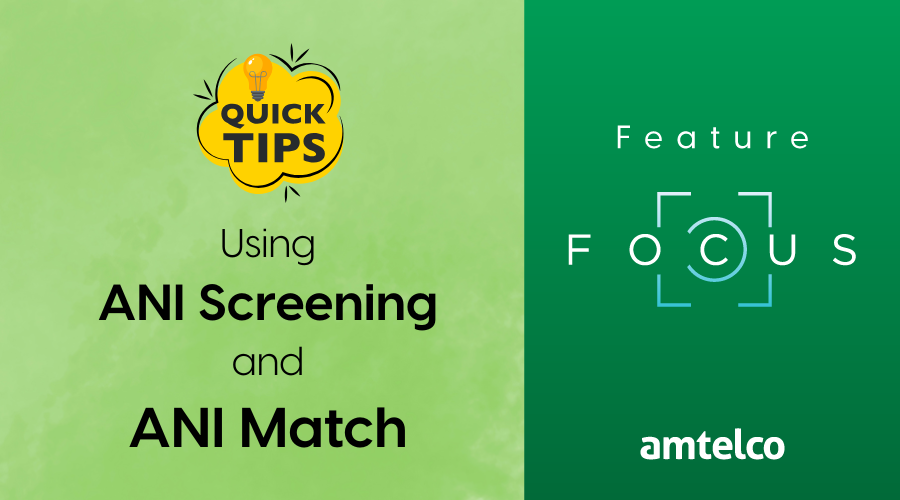The call center in a healthcare organization performs a number of very important and very different functions. One of the most significant is serving as a virtual lobby, when processing internal and external calls. It may be the initial touchpoint a patient has with the organization, so the experience has to be positive. As the saying goes, “You only have one opportunity to make a first impression.” Also, the call center serves as the nerve center for ongoing communications.
Modern healthcare call centers need to be able to handle all types of calls quickly and efficiently. To ensure the virtual lobby experience is positive, the call center operators need immediate access to accurate data using modern technology. To accomplish this, information systems need to be able to share, pass, and store usable data from system to system. Interoperability is a term used in healthcare to describe the idea of different technologies and systems communicating to share data.
To handle calls effectively and efficiently, the call center system needs to use data that may reside in external databases on other systems. As an example, if a caller wants to talk to an admitted patient, the operator needs to know which room to send the call to. Most patient admission, discharge, and transfer (ADT) information resides in a database that is external to the call center system.
Without interoperability, the operator would have to bring up a second screen to view the ADT information, go back to the call center system screen, manually enter the room extension, and transfer the call. With interoperability the call center system would automatically download the ADT information from the external database and present it to the operator on the call center screen, eliminating several steps and decreasing the chance of error. Interoperability works behind the scenes to automate data exchanges and sharing.
Making sure the hospital call center is interoperable with other systems is the safe way to make sure call center operators communicate with callers in a timely and effective manner. A few of the important IT systems and technologies that should be interoperable with the healthcare call center system include:
- Electronic health records (EHR)
- Messaging applications (paging and secure messaging apps)
- Alarms and monitoring systems
- Nurse call systems
- Scheduling systems
- Electronic health records (EHR)
- Messaging applications (paging and secure messaging apps)
- Alarms and monitoring systems
- Nurse call systems
- Scheduling systems
Many healthcare call centers routinely use outdated technology. Binders with paper call schedules, non PC-based PBX consoles, fax machines, data access terminals, and sticky notes are used by operators to access the information they need to handle calls. These makeshift solutions lead to inefficiency and mistakes.
Interoperability works both ways. Hospital call center systems store information as administrators and operators input data or create schedules. This information may be valuable to other departments or used to augment an external document.
Interoperability works both ways
As an example, when an operator takes a message from a patient for a clinician, that message can be automatically sent to the EHR system and be posted to that patient’s individual electronic health record. By using interoperability, information from numerous databases can be combined in one area to form a master record for a particular patient.
Not all systems allow interoperability. Legacy systems and technologies were not designed with data exchange in mind. There are several ways to connect IT systems to the healthcare organization’s larger digital ecosystem, but these can be costly and potentially unreliable.
Not all systems allow interoperability
Health Level Seven (HL7) is a set of standards used to transfer clinical and administrative data between software applications. Many present-day IT developers design products with HL7 in mind, helping organizations move toward interoperability throughout the enterprise. The healthcare call center can use HL7 to populate patient, clinician, and employee directories for operators. Also HL7 can be used as a way to post information from the call center system to a patient’s EHR.
Interoperability will make your call center operators more efficient, eliminate mistakes, and reduce costs by automating processes that are currently handled manually. As healthcare providers look to reduce expenses, interoperability in the call center is a natural solution.





